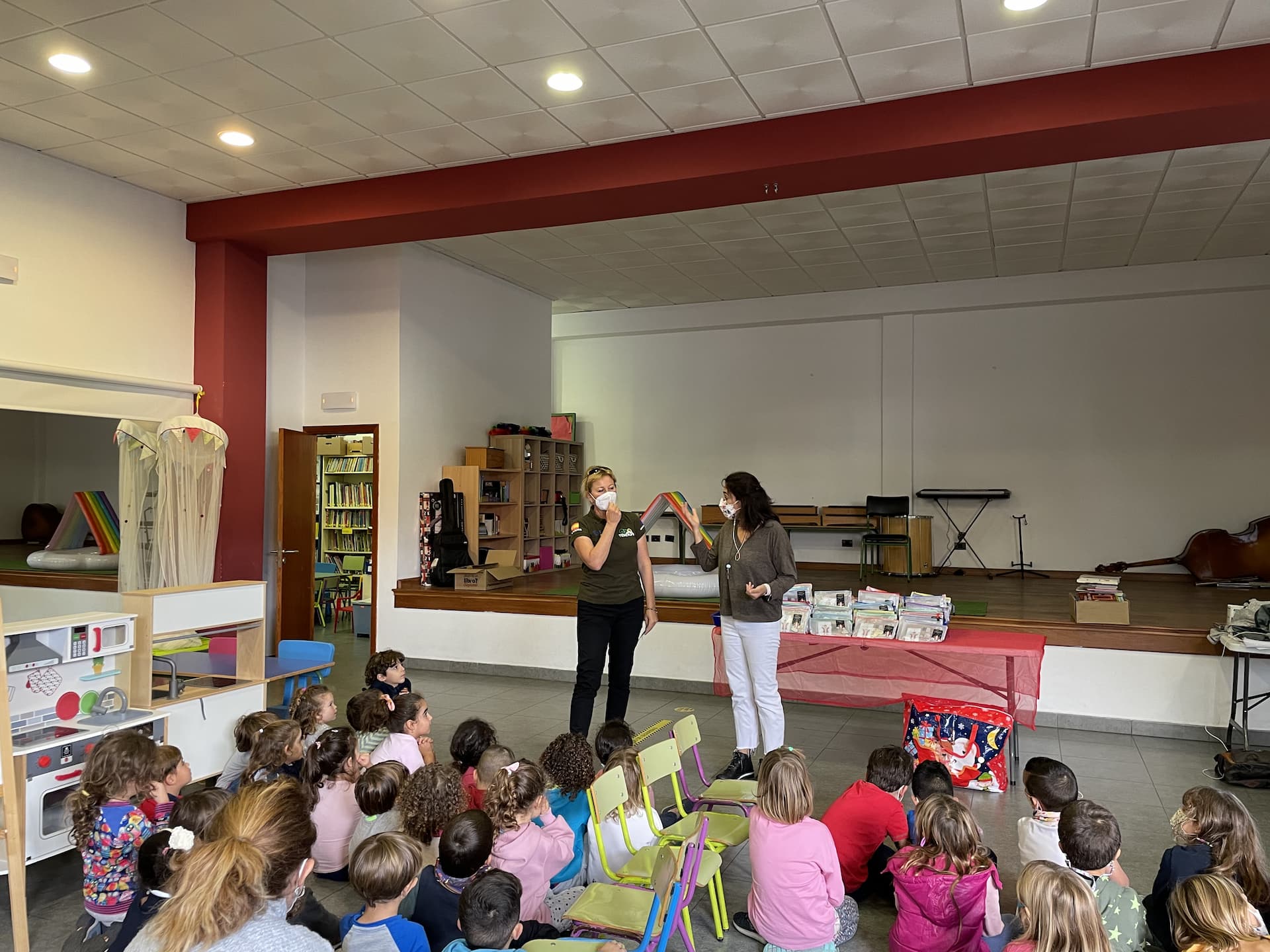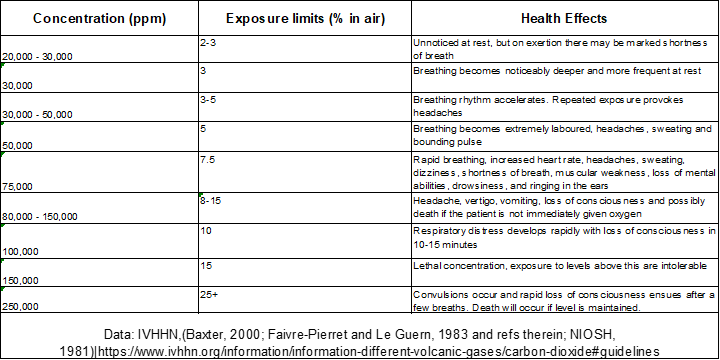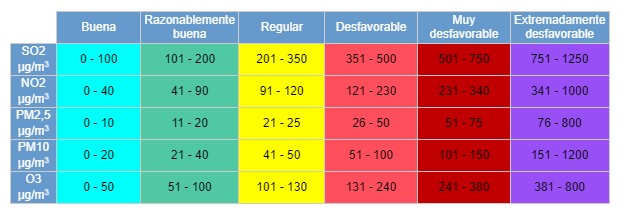FFP2 Campaign
During the La Palma eruption, the most widespread volcanic hazard was the volcanic ash. Even once stored or settled, the ash remains easily remobilised into the air by the wind or by people and vehicles travelling over the deposits. As well as short-term irritation to the eyes, nose, skin, and throat, volcanic ash in the lungs can be the source of serious long-term health conditions, including some types of cancers. However, these hazards can be mitigated with the use of a well-fitting face mask, of grade FFP2 or better. Even now, many months after the eruption has been declared over, ash is still a major hazard, especially in more rural areas where ash clean-up has not been as extensive.
Cornell Volcanology PhD student Kyle Daton talks about the health hazards of ash, and the importance of wearing FFP2 masks to keep yourself safe from ash.
Claire Horwell tells us more about the health hazards from volcanic eruptions and how to mitigate them.
School visits
Seeing the quantity of volcanic ash in surrounding towns during our visits to La Palma, we established our FFP2 campaign out of a desire to help spread awareness of these hazards and their mitigation. The basis of our FFP2 mask campaign was to use some of the funds raised through our #SAMULaPalma campaign (https://justgiving.com/crowdfunding/samulapalma) to provide FFP2 facemasks and Christmas care packages for young school children, whilst teaching them about the hazards of volcanic ash and the importance of wearing masks. We also got the children to ask questions about Volcanoes to our Junior Volcanologist, that really proved to us that kids ask the most difficult questions!
We chose to centre the campaign around children because being smaller and therefore closer to the ground, they encounter a higher concentration of suspended ash particles whilst walking. Additionally, it was thought that teaching children about this at school may stimulate conversations about mask wearing at home with other family members.
Health hazards of ash and gases
When in La Palma, we also spoke with Kyle Dayton, a PhD student at Cornell University USA who was measuring ash concentrations from the eruption, about the importance of masks and how and why volcanic ash particles are dangerous and can remain dangerous long after the eruption is over.
Furthermore, we spoke with Professor Claire Horwell at the University of Durham, who is a professor of Geohealth and the Founding Director of the International Volcanic Health Hazard Network (IVHHN), to learn more about volcanic ash hazards, mitigation and outreach. The IVHHN produces accessible, high-quality educational material about the health hazards from volcanic ash and gases, in a variety of languages that has been used successfully in many volcanic countries both before and during eruptions. Their resources are available to view at: https://www.ivhhn.org/information
Whilst the accumulated ash remains a hazard on La Palma, we will continue to visit schools to provide FFP2 masks and communicate this message of safety and vigilance and continue to share useful links and resources related to health hazards from volcanic ash. As a start, the IVHHN have an excellent library of academic research on the health impacts of volcanic hazards: https://www.ivhhn.org/ivhhn-library.
Preparing for volcanic hazards
We also spoke to Tom Wilson, a Professor of Disaster Risk and Resillience at the University of Canterbury, New Zealand, about how authorities can prepare for and mitigate volcanic hazards, including ash.
Exposure effects for Volcanic gases
During the eruption, many confinements were ordered due to high concentrations of Sulfur Dioxide (SO2), Carbon Dioxide (CO2) and particulate matter less than 10mm in size (PM10). Since the end of the eruption, high CO2 levels have persisted in the coastal towns of La Bombilla and Puerto Naos due to diffuse CO2 degassing through cracks and fractures created by earthquakes throughout the eruption. The live CO2 concentrations, connected to the monitoring network, can be viewed here. Below are tables illustrating the exposure effects for different concentrations of SO2 and CO2, and the air quality guidelines for La Palma used during the eruption. A full report on the hazards of these gases created by the International Volcanic Health Hazard Network (IVHHN) can be viewed here.
Health studies related to the eruption
The health impacts of volcanic ash and gases can sometimes only reveal themselves over long periods of times, and there are many teams investigating and following the health impacts of the eruption. The local effort is the ISvolcan project, and you can find more information about the project here.
Recently, some health professionals have said that the population was not confined enough during the eruption during periods of poor air quality due to high concentrations of both gases and PM10 particles. Furthermore, increased excess mortality was recorded on La Palma during the eruption, and increased reports of respiratory conditions were also recorded. This exacts causes and details of these figures are still being studied, and the latest information on this study can be found here.
Updates on these projects will be posted here with links to read more:
[20/9/22] ISvolcan begins analytical testing
Ash remobilisation
A Guardia Civil video taken in the town of La Laguna on October 21st 2021 showing extreme ash remobilisation during high winds
Ash remobilisation in the large town of Los Llanos de Aridane by JuanMa Hernández on the 15th November 2021






